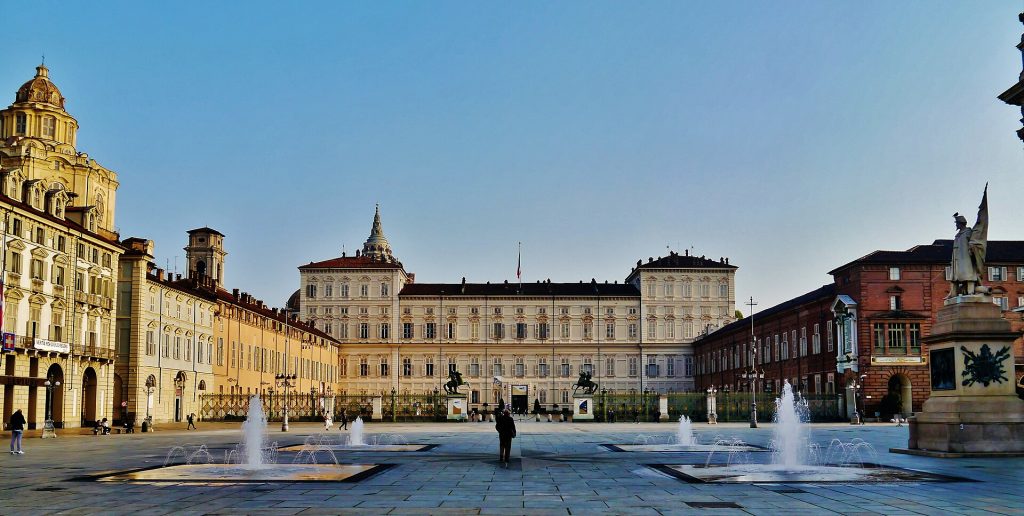
Turin is one of the finest examples of the crossroads of Jewish cultures: Ashkenazim from the north, Provençals following the expulsion, Sephardim following the Inquisition, Italians for 2 millennia…
Turin was first the capital of the Duchy de Savoy, then of the Kingdom of Sardinia. The Jewish presence was recorded by the Bishop Maximus of Turin as early as the fourth century. The only trace of Jewish presence to have been recorded then on only appeared a thousand years later. In 1424, French Jews Elias Alamanni and Amedeo Foa settled in Turin.
The Grand Synagogue deserves a short visit. Opened 16 February 1884 amid great pomp and ceremony, this majestic neo-Moorish building with its four onion-domed towers attests to the elation of Italy’s Jews after their emancipation. Needless to say, it was in such spirit that the Jewish community decided to call for a competition of projects celebrating the integration of Turin’s Jews. Architect Enrico Petiti did not skimp on the decorations for the building mixing various influences.
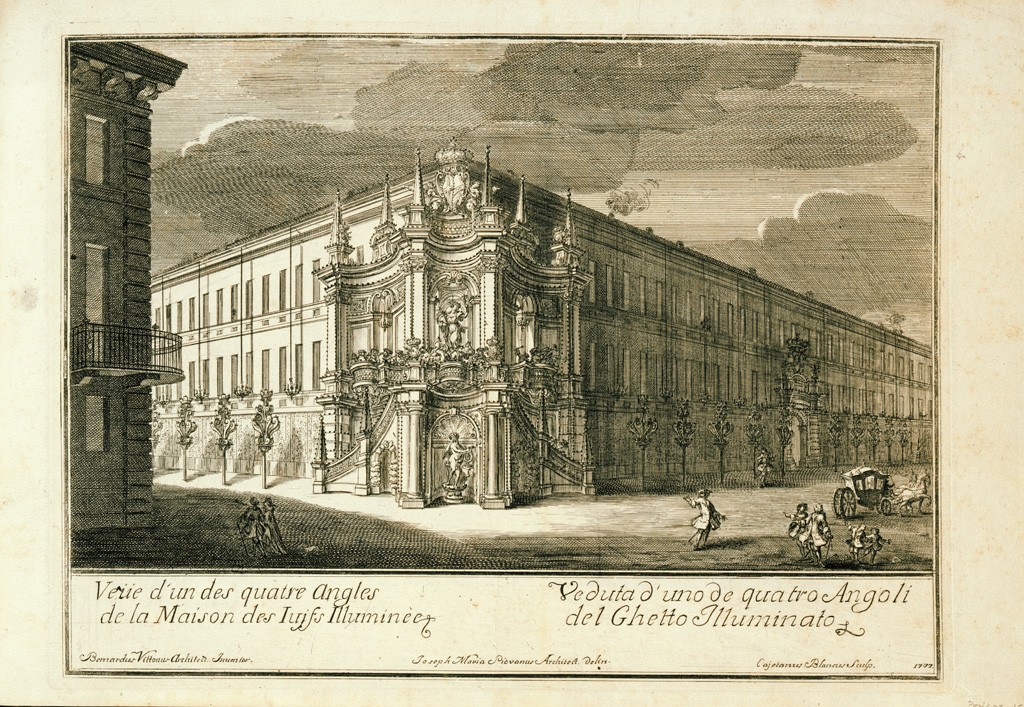
Most of which, sadly, were destroyed when the Grand Temple caught fire in 1942 after an Allied bombing. A significant portion of the archives of the Jewish community of Piedmont was also destroyed. The synagogue was restored between 1945 and 1949. Later, a smaller synagogue was built inside those walls. It serves to welcome common events and rituals. It is usually named Tempio Piccolo (“the small temple”).
Some ten minutes away on foot from the synagogue and the community center, behind the animated Via Roma, one can still see traces of the former ghetto .
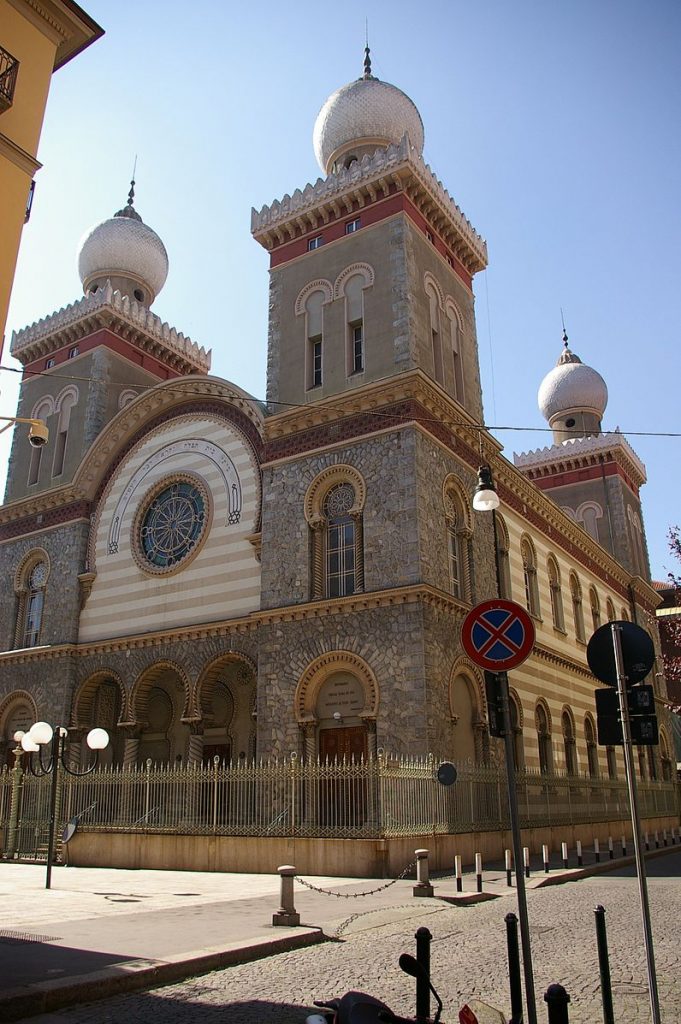
In 1430, Duke Amedeo VIII decided to create a special status for Jews, imposing many restrictions as well as heavy taxes. The ghetto was thus created in 1679, at the request of the Regent, Duchess Marie Jeanne Baptiste of Savoy. Within a year, the Jews where confined to these walls. A neighborhood which was mostly known its charity institution. The ghetto had two synagogues. After 1724, the number of Jews becoming too big, a new part was added to the ghetto.
The emancipation was a direct consequence of the French Revolution of 1789. Following the annexation of the territory to France in 1798, Jews enjoyed a much greater freedom and weren’t obliged anymore to live in the ghetto. The victory of the Austrians and Russians over the French in 1799 forced the Jews to be submitted again to the former restrictions. After the French reconquered the territory in 1800, Jews recovered their freedom.
Following Napoleon’s defeat in 1814, Victor Emmanuel once again denied the freedoms obtained by the Jews. Nevertheless, step by step, such restrictions disappeared and the emancipation was completed in 1848. Jews gradually left the ghetto. In that year, about 3,200 Jews lived in Turin.
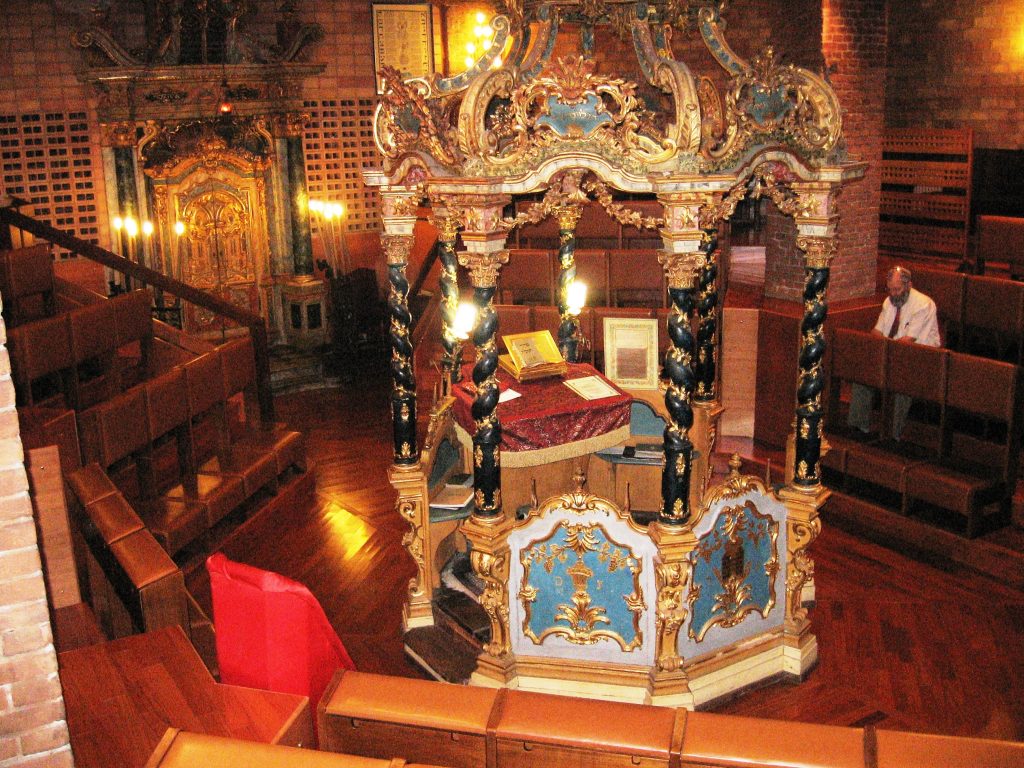
Encouraged by the poet David Levi and the rabbi of Turin Lelio Cantoni, Jews participated in the first War of Independance of Italy. Under Victor Emmanuel II, Jews benefited from a complete emancipation. They gradually integrated the administration, the army and the diplomatic corps. Many Jewish writers and artists participated in the development of the city.
In this emancipation march, it was decided to build a synagogue, before the one known today. A parcel was bought by the Jewish community to build it. Architect Alessandro Antonelli started the construction of the synagogue in 1863. The building was supposed to have the capacity to welcome 1,500 worshippers. But also administrative services, a school and other offices. But the scale of such a project seemed to big for the Jewish community which had to sell the building to the city of Turin in 1878.
The municipality decided to transform the building known today as the Mole Antonelliana into a museum commemorating King Victor Emmanuel II. The construction of the building was finished in 1889 and is 167 meters high. It’s one of the most famous buildings of contemporary Turin.

In 1931, 4,040 Jews lived in Turin. The Racial Laws imposed in 1938 had a profound impact on the assimilated Jews of Turin. In 1942, a bomb destroyed the inside of the synagogue. The following year, the Germans started deporting Jews. Among the 246 who were deported to Auschwitz, only 21 came back to Turin, Primo Levi being one of them. Jews were very involved in the local underground fighting units and found help when the civilians seeked hiding places.
The Jewish cemetery changed its location a few times and for different purposes from the 1400s on to the 19th century. In 1867, the Jewish community obtained a section of the Monumental cemetery, where old graves were resettled.
Interview with Baruch Lampronti, representative of the Cultural Heritage Commission of the Jewish Community of Torino and curator of the website visitjewishitaly.it
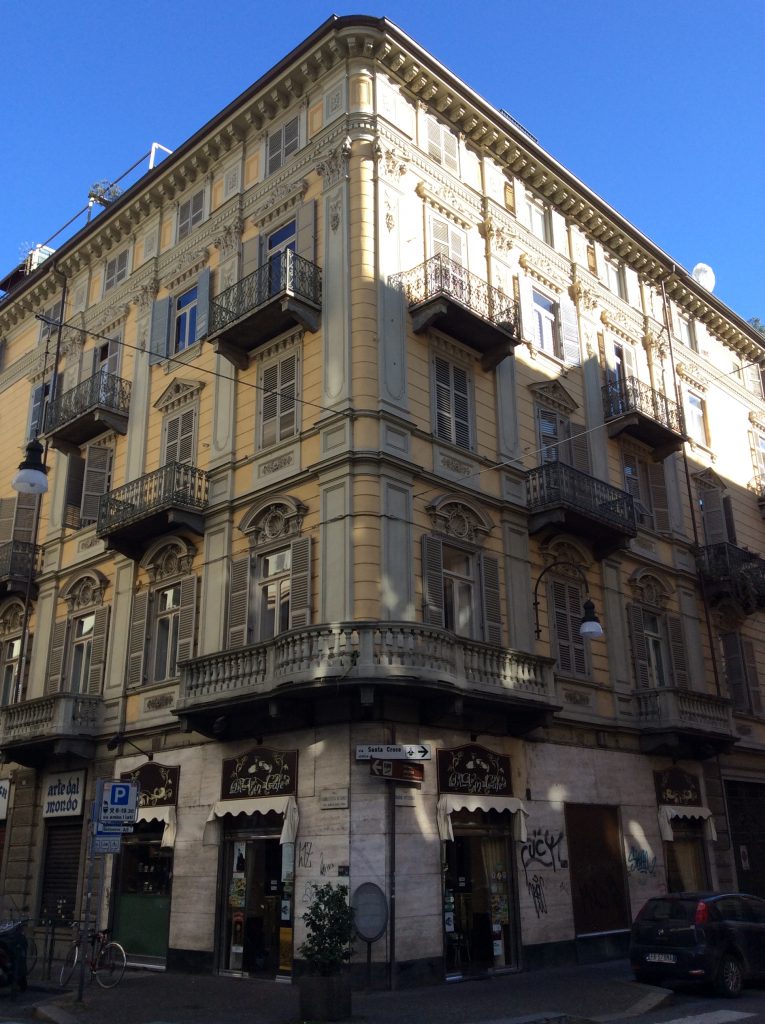
Jguideeurope: How does the Jewish Community maintain its activities during this crisis?
Baruch Lampronti: Any social activity, like the ritual services, meetings, and the rich schedule of cultural activities are sadly suspended. However, as a member of the Community, I appreciate the efforts that the Board of the Community and the Rabbinate are making. On Purim the Meghillah reading has been broadcasted live on Facebook. The offices’ employees are still active working at home. The teachers of the Jewish school started a daily program for the students via zoom.us. The weekly lessons of the rabbis and the Ulpan courses are now carried out via skype (sometimes they even gather more people than usual). The old age home is strictly isolated: it lets in only the staff but they set up a specific skype account to keep the guests in touch with their relatives. The Community is also arranging a small task force of volunteers available to assist people with needs, with daily calls, shopping deliveries (in particular now that Pesach is approaching), and maybe more.
The UCEI – Union of Jewish Communities in Italy is putting as well great effort to make people feel its presence through different ways which include practical services, with a call center of psychologists and social workers, and with a rich schedule of lectures, talks and other shows live broadcasted every day on its Facebook channel.
So, how does the Community maintain its activity? In this moment, I personally think that keeping a sense of family and sympathy despite the distance is one of the most important elements of the Community life to be maintained. Of course, this goes together with the great work that doctors and paramedics are carrying out with dedication and self-sacrifice.
What inspired the unique design of Torino’s synagogue?
The Moorish style was required in the call for the design competition, and it must be traced back to the trend in contemporary synagogue architecture in Europe. This, in turn, was definitely influenced by the taste for the exoticism spreading from the second half of the XIX century, that we can recognize in many other non-Jewish buildings of the eclectic trend. With regard to the design of the synagogues, the choice of inserting oriental references was nevertheless supported by more meaningful arguments. If you find that interesting, I paste below a few lines from a short paper I wrote about the Torino synagogue:
“While the magnitude of the volumes of the Emancipation synagogues and their autonomy from the surrounding buildings can be traced back to a desire of equality and assimilation to the churches’ model, the stylistic language instead expresses a search for individuality from the worship places of the other denominations. Thus, a sort of debate develops around the most appropriate style to express the Jewish identity of the place. “A truly Jewish style – to my knowledge – does not exist” stated in a report the Jewish architect Marco Treves from Vercelli, engaged in the renovation of the synagogue of Pisa (1865) and in the design of the new temples of Vercelli (1878) and Florence (1882). He observed that even the Temple of Jerusalem, according to archaeological evidences, probably did not express a style purely representative of the Jewish people but it followed the main artistic influences of the region. Subsequently, the various conditions, often oppressive, experienced by the Jews in diaspora had precluded the definition of national stylistic traits or of a specific synagogal architecture.
In the composition of the Israelite temples, in Italy as well as in Europe, the designers will often orient themselves towards oriental-style repertoires, that they considered representative of the geographical origin of the Jewish people. References to Assyrian-Babylonian, Egyptian and Byzantine styles emerge; among the most widespread references, theorized by Treves too, we find those from the Moorish style, which hint particularly to the architecture of medieval Spain. The Jews spent there an epoch of great freedom and cultural fervor, and erected their synagogues in line with the local taste of the period (among the best known examples, Santa Maria la Blanca in Toledo, built in 1180 and transformed into a church at the end of the 14th century). In many nineteenth-century’s temples can be found horseshoe arches, onion domes, battlements and turrets of Islamic inspiration, and, among the internal ornament, rich stuccoes with geometric motif and arabesque paintings. The Turin synagogue is part of this trend as well. Designed by Enrico Petiti after the unsuccessful experience that would have given rise to the Mole Antonelliana, it was hit by the bombings of November 1942 and it lost any trace of the original internal decoration.
The taste for exoticism and, more generally, the recomposition of different traditions – being them distant or local, contemporary or ancient – which aim at revealing the identity of the building, make the synagogue of Emancipation an important example of the historicist architecture and the eclecticism.” You can find the entire article in Italian on this page
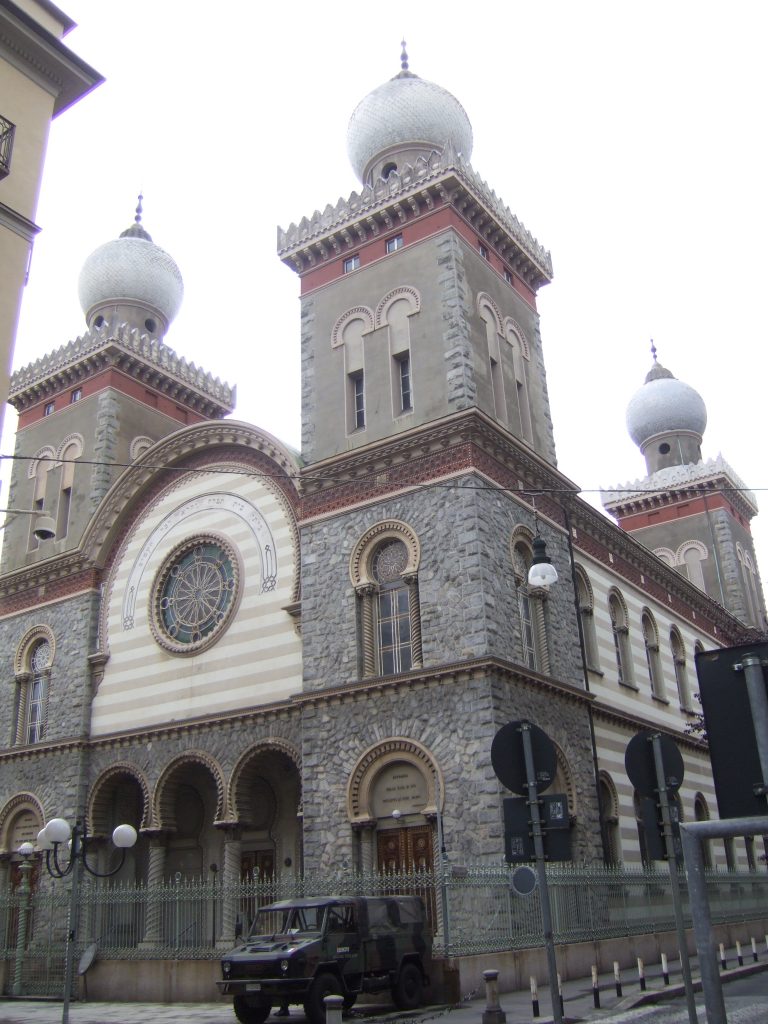
Are there traces of the former ghetto which can still be seen today?
The ghetto of Torino was made of just one and a half blocks, and they still exist. The entire block, which is the older one (used from 1679-1680) maintains the original volumes, however the interior and the façades have been deeply transformed a few years after the emancipation (1848). The other half block, added sometime after 1724, has been also renovated in the interior, but the facades reveal quite clearly the former identity of the building. This block is at least one floor taller than the surrounding buildings. In order to enlarge the residential surface so as to host more Jewish families, the floor with the greatest height was divided in two lower floors, and as a consequence its Windows are more numerous and very close to one another. The building is now clean and well painted but there have not been relevant structural changes nor ornamental additions.
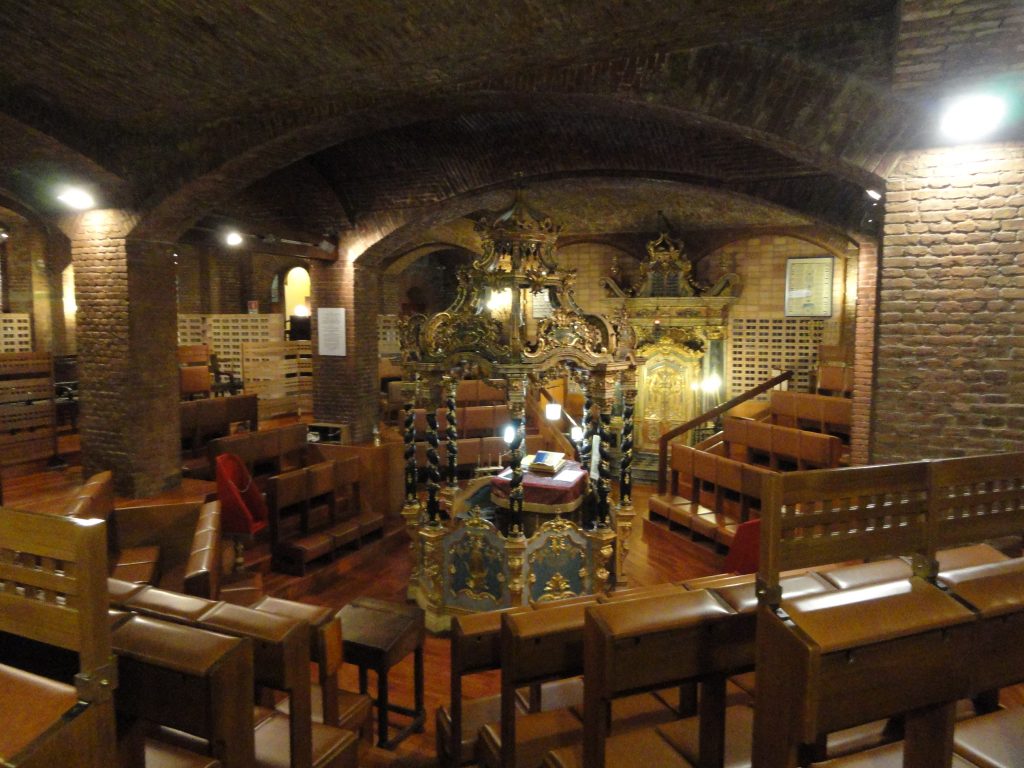
What other places linked to Jewish culture in the city trigger the interest of visits?
In addition to the synagogues and the former ghetto, the most representative sites of the Jewish history of Torino are the Mole Antonelliana and the Jewish sections in the Monumental Cemetery.
Piemonte was also studded with a network of smaller Jewish communities, which shared in many respects a common history. Now these communities are almost entirely extinct (at least in place) but they left a multitude of synagogues, former ghettos and cemeteries. Most of them belong to the Community of Torino that takes care of them and that is the point of reference for visits. More specifically, our jurisdiction includes the synagogues and the cemeteries of Alessandria, Asti, Carmagnola, Cherasco, Cuneo, Mondovi, Saluzzo and in part Ivrea, and the cemeteries of Acqui Terme, Chieri, Fossano and Nizza Monferrato (towns whose synagogues have been dismantled in the past).
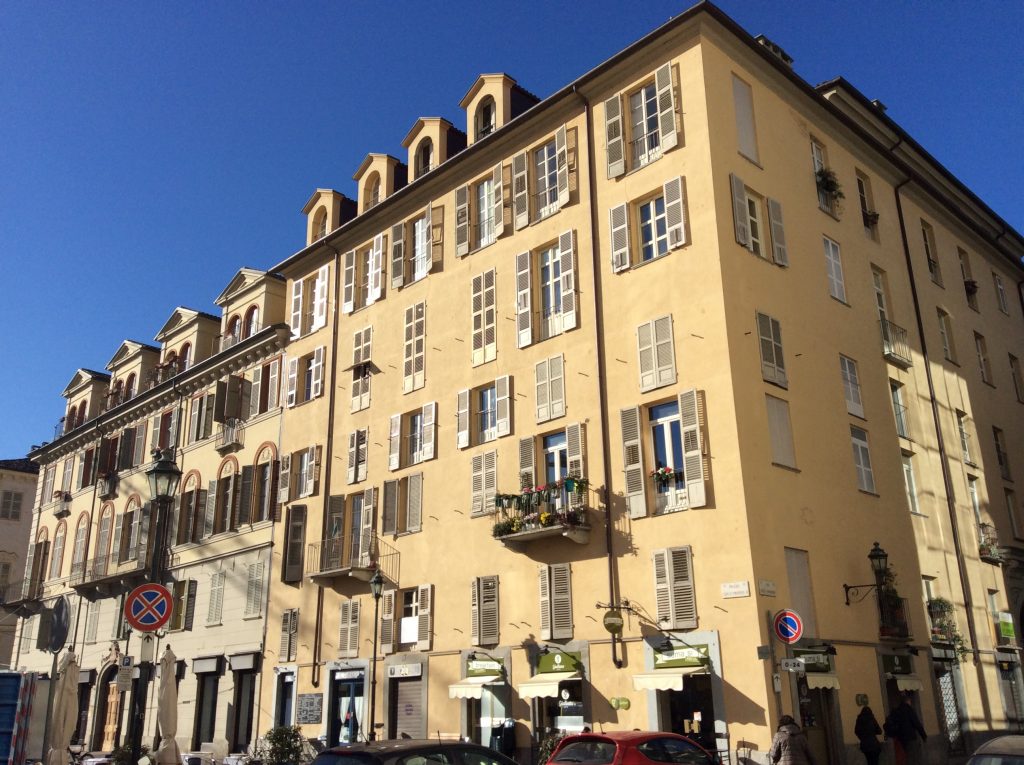
Other relevant Jewish sights in the region are:
– the synagogues and the cemeteries of Vercelli and Biella, together with the cemetery of Trino Vercellese, which belong to the Jewish community of Vercelli & Biella
– the synagogue and the cemeteries of Casale Monferrato, with the cemetery of Moncalvo, which belong to the Jewish community of Casale Monferrato.
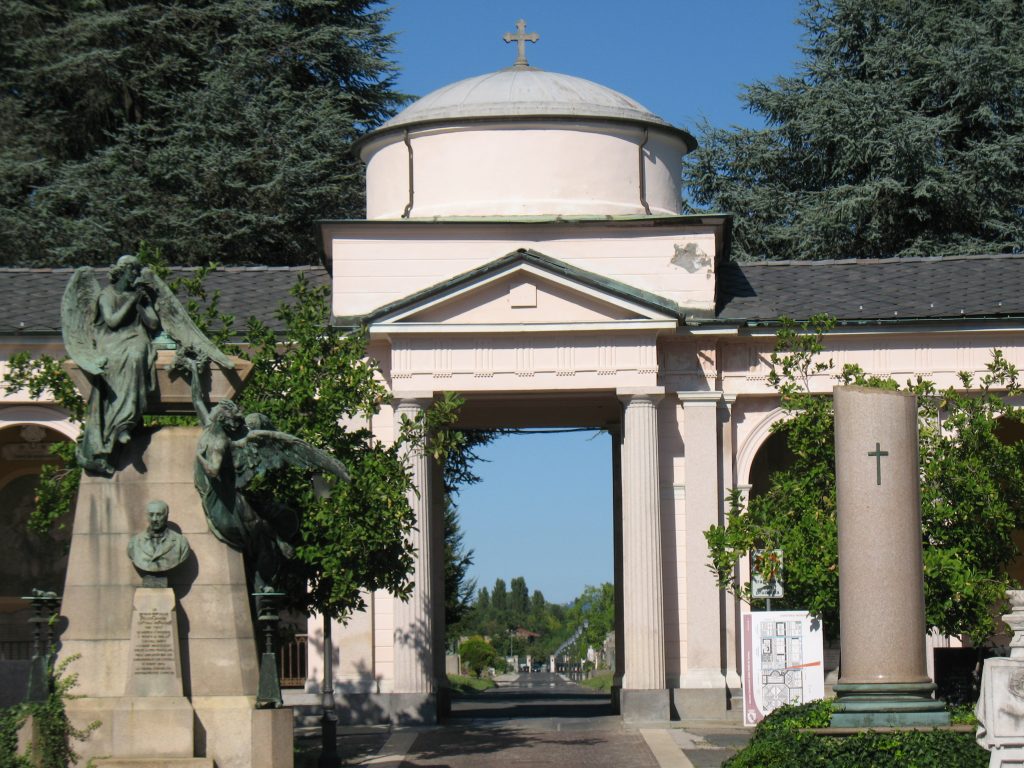
Information and contacts for visits can be obtained on two major sites : the one created by the Jewish Community of Torino: https://torinoebraica.it/turismo/?lang=en and http://www.visitjewishitaly.it/en/ , an informative tool developed by the Foundation for Jewish Cultural Heritage in Italy, which provides descriptions and pictures of many sites of the Jewish Italy, among them the ones above mentioned. We are currently working on some updates so I apologize for any malfunction or missing information.